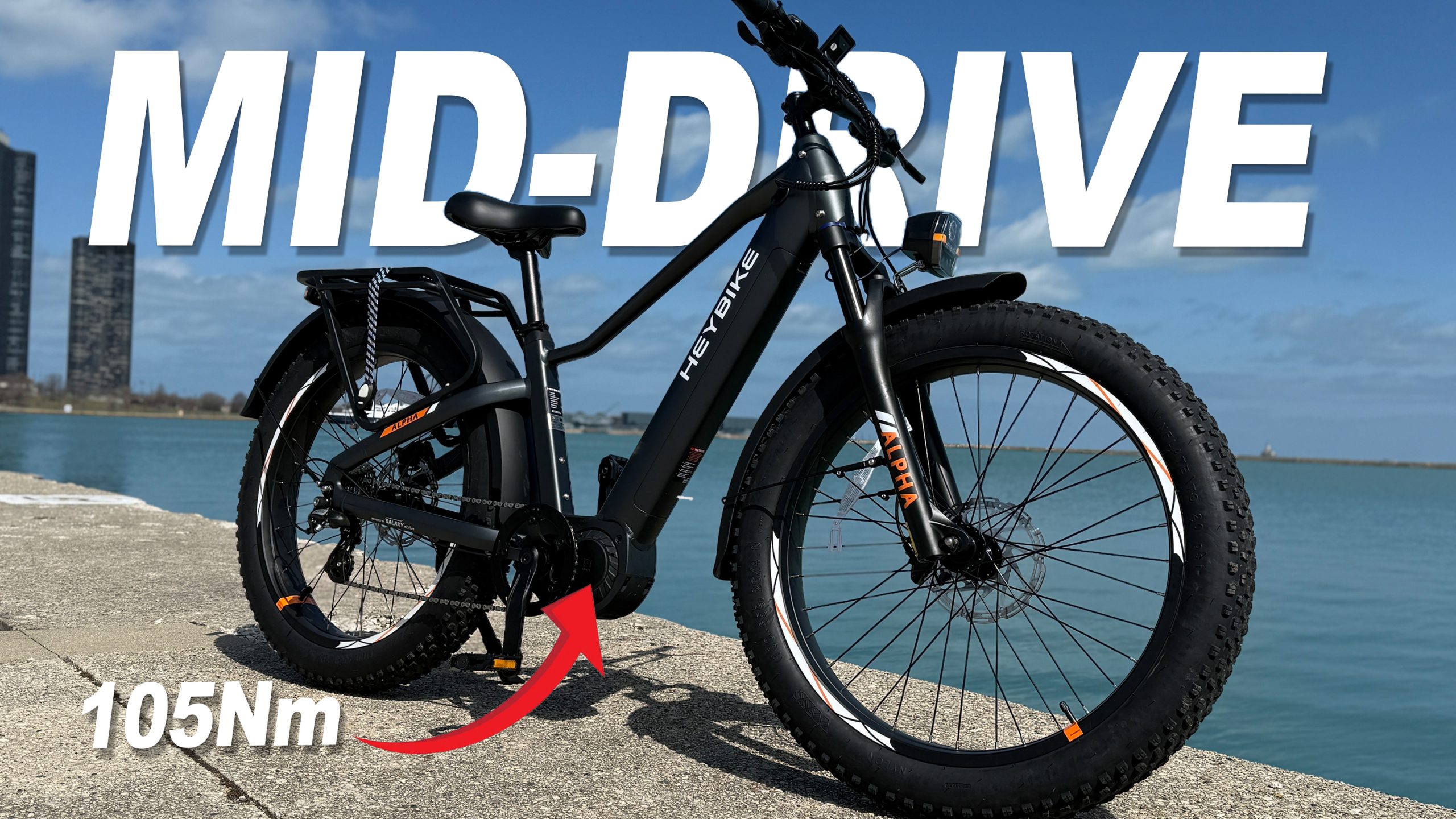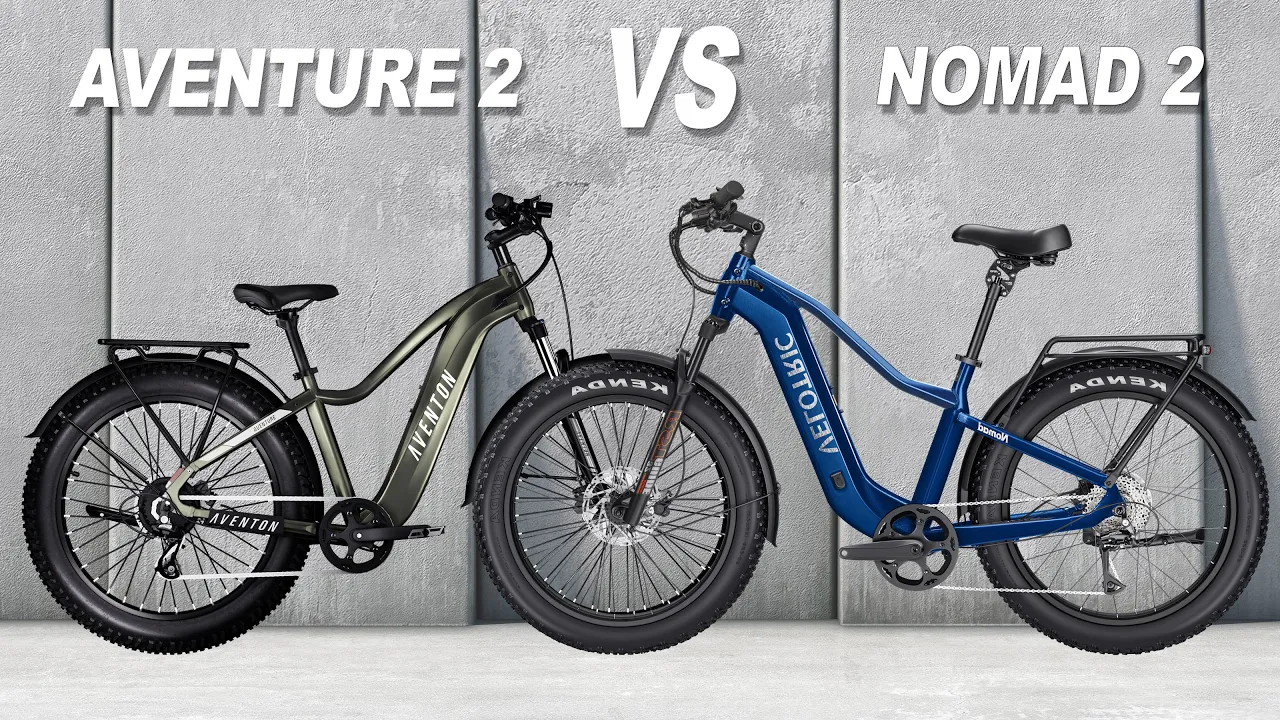Freedare Saiga Review
Freedare Saiga Review
This is the first 26″ Fat tire e-bike I have reviewed with smart features. Did the bike and phone app live up to my expectations?
SAVE $100 with Discount Code: SCOTT100
Tech Overload! Testing the FD Freedare Saiga Smart Fat Tire Ebike.
Features and Specifications of the FD Freedare Saiga Smart Fat Tire Ebike
- The FD Freedare Saiga is a class 3 ebike capable of speeds up to 28 mph through a thumb throttle and three levels of pedal assist. It also includes a torque sensor, weighing 75 lbs with a payload capacity of 330 lbs, suitable for riders 5’6″ to 6’5″ tall.
- This ebike model comes with a 48v 750w geared Hub motor, peaking at 1000 Watts and 80 Nm of torque, ensuring a powerful performance.
- Equipped with a 7-speed Shimano transmission, Tektro two-piston hydraulic brake system with 180mm rotors, and Kenda 26×4-inch puncture-resistant tires with an aggressive mountain bike tread.
- The battery capacity is 48v 20 amp-hours with 960 Watt-hours of power, boasting a range of up to 90 miles per charge. It also holds UL certifications for both the battery and electronic system, ensuring safety standards are met.
The Freedare Saga will do up to 90 miles per battery charge, and it’s currently on sale for $1,449.
Charging and Additional Features
- Charging the bike is convenient with a 3 amp charger, providing a full charge from 0 to 100% within 6 to 7 hours. The battery can be charged on or off the bike, with a charging port conveniently located for easy access.
- Additional features include metal pedals, a quick-release seat post, and a comfortable Selle Royale seat. The option to add fenders and racks is available at an extra cost.
Charging the FD Freedare Saiga ebike is straightforward, taking around 6 to 7 hours for a full battery charge using the 3 amp charger.
Cockpit Operations and Controls
- The left-hand side of the handlebar features a double locking grip with a medium-hard rubber texture ideal for grip. It houses the front brake lever and the control pad for the bike’s operations.
- The control pad allows for easy navigation of the settings, including adjusting pedal assist levels, accessing trip data, and controlling the bike’s headlight.
Operating the bike is intuitive, with the control pad allowing for easy access to various settings on the handlebars.
Modes and Features Overview
- The bike offers three modes: Eco, Normal, and Sport, each with varying speeds and power consumption levels.
- Eco mode limits the speed to 12 mph but uses less voltage than Normal mode, which reaches 20 mph.
- Sport mode can reach 28 mph but consumes the highest wattage, resulting in less mileage.
- The bike features a customizable light system and an app with mapping and ride tracking functionalities.
Has these three different modes right.
App Functionality and Customization
- The app includes a map feature, ride tracking similar to Strava, and the ability to import routes.
- Users can control light settings, rename the bike, adjust measurement units, and enable theft notifications.
- The app offers language customization, storage management, and firmware update options for enhanced user experience.
This app does a lot of stuff.
Pedal Assist and Speed Testing
- In Eco mode, pedal assist 1 will maintain a speed of 12 mph, regardless of the assist level.
- Normal mode’s pedal assist 1 reaches 16 mph, pedal assist 2 at 18 mph, and pedal assist 3 at 20 mph.
- Sport mode’s pedal assist 1 reaches 16 mph, assist 2 at 19 mph, and assist 3 at the maximum speed of 28 mph.
Numbers three doesn’t change it so if you put this in Eco mode, 12 M hour is going to be your max.
Testing Uphill Performance
- The uphill test on a 14° angle hill showed that using throttle alone struggled but with pedal assist level three, it was much easier to climb.
- Even starting in the middle of a hill, the bike was able to ascend with throttle and pedaling.
- The torque sensor works effectively, maintaining a speed of 10 to 11 miles per hour when tackling steep inclines.
“We’ll try using throttle only and see if we make it up to the top. Better pick up some speed.”
Brake Test and Handling
- The bike was tested for braking performance, showing a stopping distance of around 40 feet.
- The front suspension improved braking, but the uncomfortable saddle may pose issues on longer rides.
- The bike’s aggressive riding position enhances control and fun factor, especially with its responsive torque sensor and enjoyable throttle performance.
“This front suspension is working good, stopped a little bit quicker. I’m not a huge fan of the saddle.”
Range, Navigation, and Battery Performance
- The bike’s long-range capability allowed for a 5-mile ride with 65% battery remaining, showcasing its endurance.
- While the navigation feature impressed with its route planning capability, the app may need constant display to track trips effectively.
- Despite connectivity issues, the navigation feature successfully guided the rider toward a destination, demonstrating potential usefulness.
“The ability to switch it into those different modes and to plan the routes and stuff.”
Navigation and App Functionality
- The user experienced difficulty with the navigation feature of the smart bike, despite trying different steps and settings.
- Unable to effectively access or utilize the route planning function of the app, leading to frustration and confusion.
- Although the app displayed trip recording, the user expressed dissatisfaction with the navigation capabilities, highlighting issues in map tracking and route guidance.
This thing is just not doing what I was hoping it would do. I don’t see what steps I’m missing. I literally clicked on everything, imported the map, tried reading their PDF.
Smart Bike Features and App Performance
- The user found the smart bike’s three riding modes impressive, suitable for various preferences.
- Despite the bike’s positive attributes like speed and battery capacity, the user criticized the app’s functionality, particularly its navigation features.
- Expressing difficulty in accessing routes and map guidance, the user pondered the utility and effectiveness of the app for navigation purposes.
This is a smart bike, but it has some cool features. Just the three different riding modes alone, I think makes it pretty cool… But this app is not really doing its thing besides switching between the modes.
Bike Performance and Final Reflection
- The user encountered challenges with the bike losing power towards the end of the trip, ultimately prompting them to end the ride prematurely.
- Despite the aesthetic appeal and noiselessness of the bike, the user highlighted a lack of assistance and comfort, particularly with the seat.
- Reflecting on the overall experience, the user mentioned the positives of the bike’s design and theft detection functionality but expressed disappointment in the navigation aspects, pointing towards the need for software updates.
It shows our maximum speed was… We went 3.8 miles, and we took it all the way down to 8%. That says nine, but this bike doesn’t even want to move at this point right. I don’t feel like it’s provided me any assistance at all.







